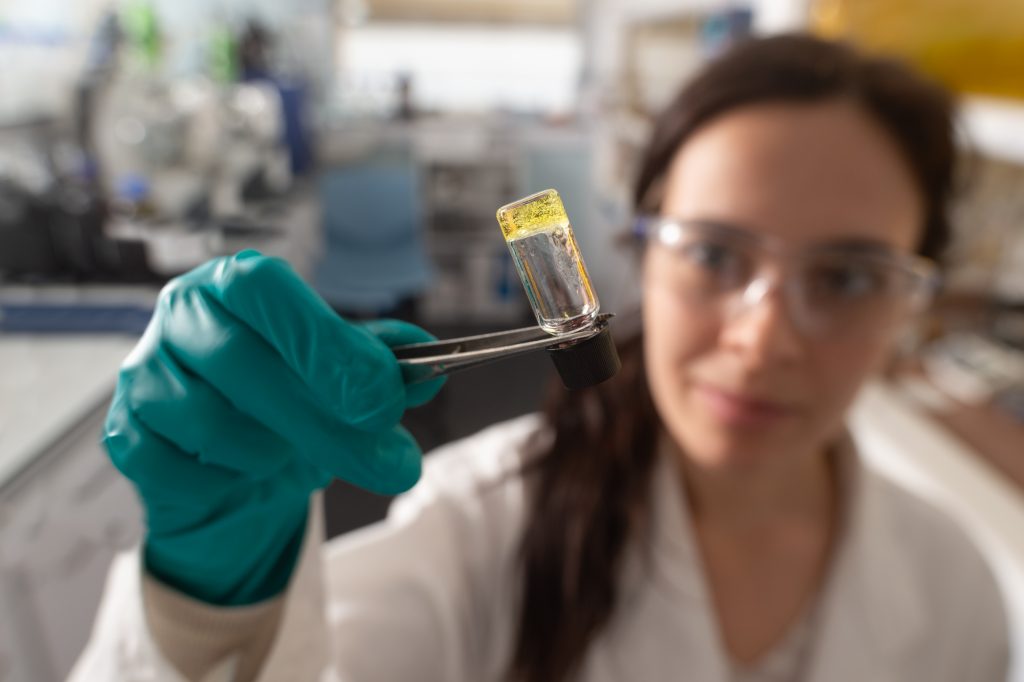
QUT researchers have created a new molecular coupling tool employing both green light and pH triggers that has potential for use in applications such as drug delivery and 3D cell culture platforms.
Their research has been published in the journal Nature Communications.
The researchers designed photoreactive molecules that enabled them to couple together, using green light as the fuel, polymers that are commonly used in medical and industrial applications. They then controlled the molecules’ photoreactivity by changing pH (the measure of how acid or alkaline a substance is).
It is the first time pH has been used as an on/off switch for a green light-activated, catalyst-free chemical process.
The green light used was also the longest wavelength of light (up to 500 nanometres) employed to date to control a catalyst-free photochemical bond-forming reaction.
To demonstrate the application potential of this photochemical innovation, the team produced a range of hydrogels with varying mechanical properties. Hydrogels are commonly used in contact lenses, tissue engineering scaffolds, as drug delivery carriers, and for cell biology studies.
The research was conducted by lead author and QUT PhD chemistry researcher Kubra Kalayci, Australian Research Council (ARC) DECRA Fellow Dr Hendrik Frisch, Research Fellow Dr Vinh Truong, and ARC Laureate Fellow Professor Christopher Barner-Kowollik from QUT’s Soft Matter Materials Laboratory in the Science and Engineering Faculty Centre for Materials Science.
Read the full article here.